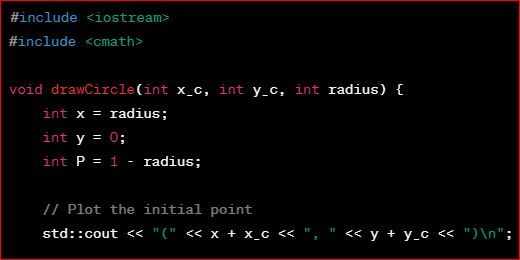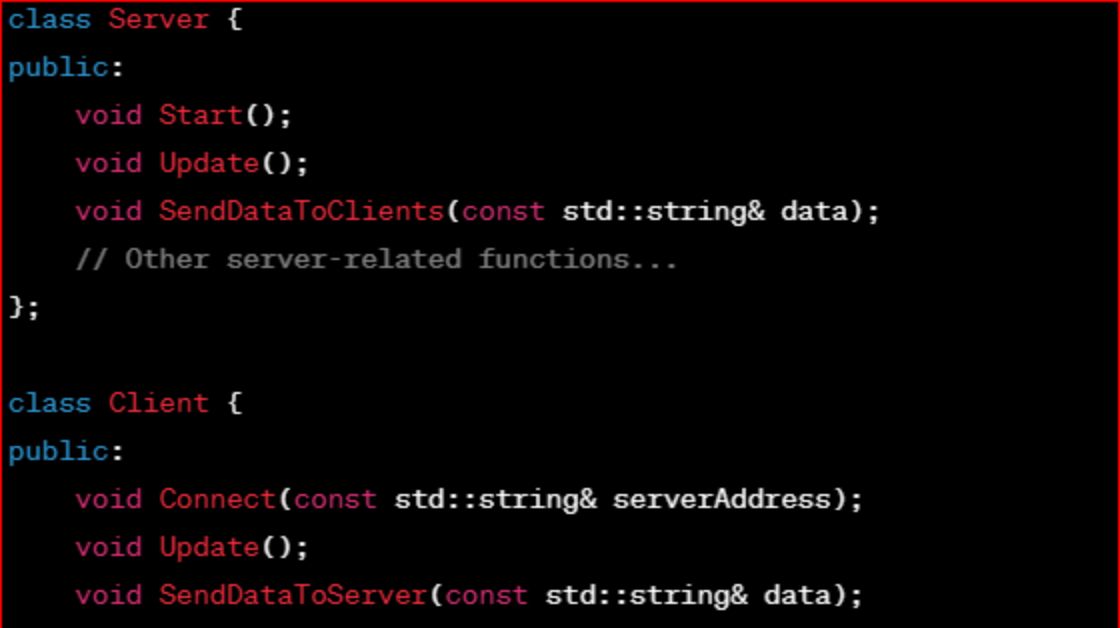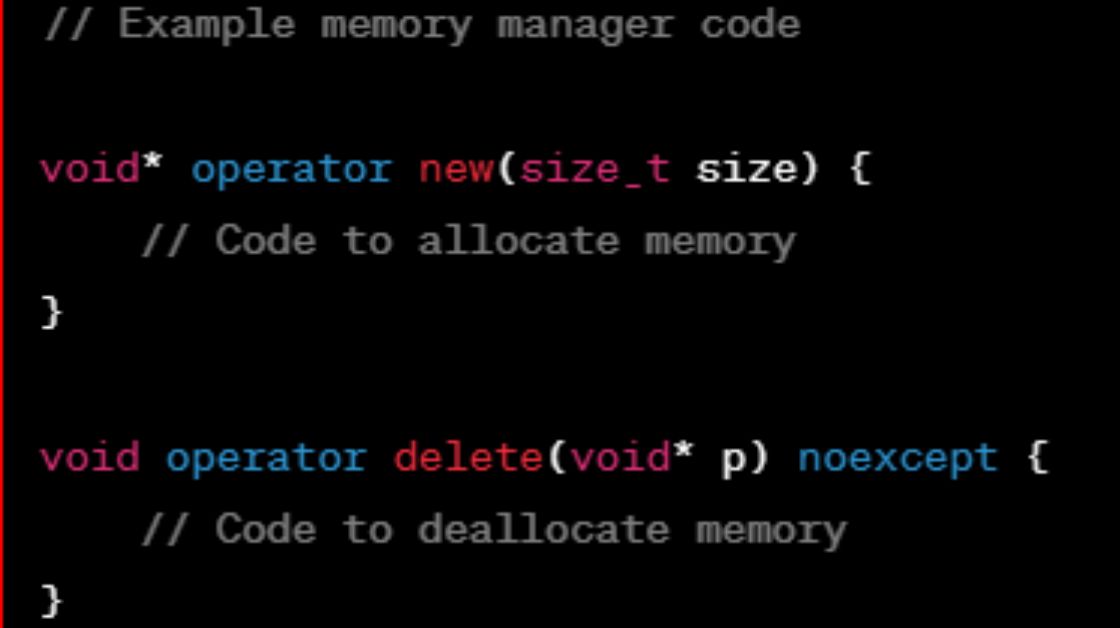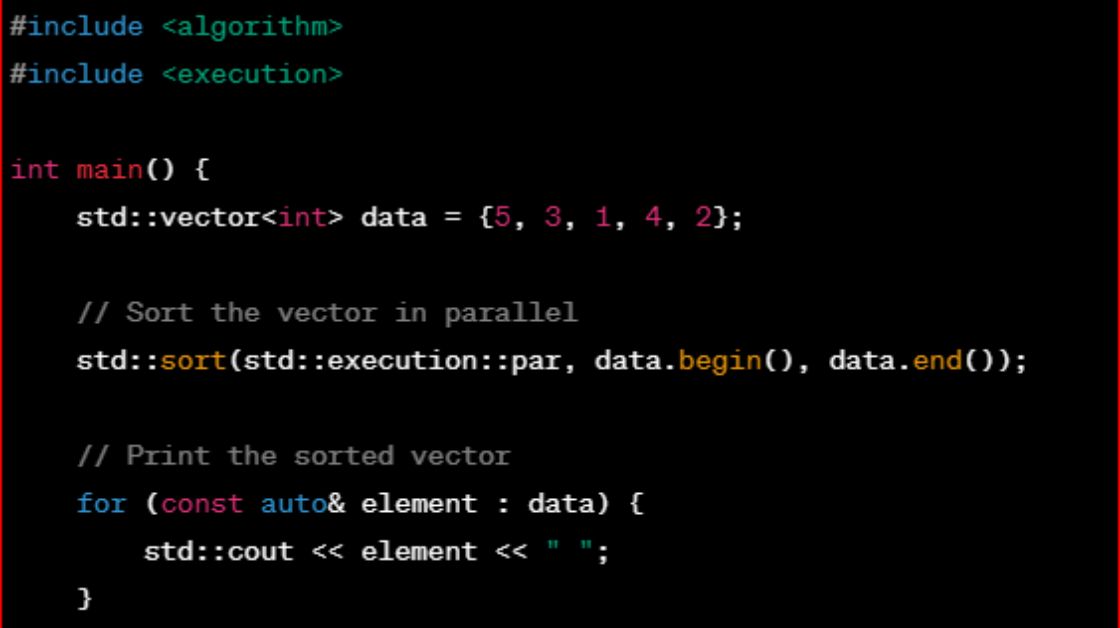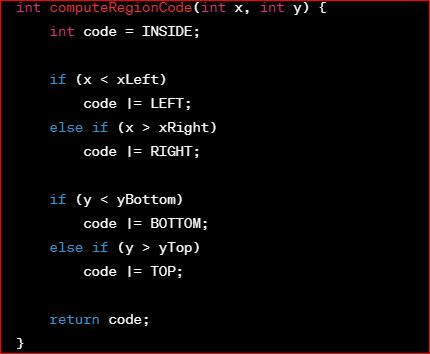Drawing Circles in C++: Implementing the Midpoint Circle Drawing Algorithm
Drawing circles in computer graphics is a fundamental task, and various algorithms exist to achieve this efficiently. One such algorithm is the Midpoint Circle Drawing Algorithm. In this blog post, we’ll explore the theory behind the algorithm and provide a simple C++ program to implement it.
Understanding the Midpoint Circle Drawing Algorithm
The Midpoint Circle Drawing Algorithm is based on the idea of using a decision parameter to determine the next pixel to be plotted. Given a circle with center (x_c, y_c) and radius r, the algorithm works by considering eight symmetric points on the circumference and using a decision parameter to decide which pixel to plot at each step.
Here are the key steps of the algorithm:
- Initialize the decision parameter
Pbased on the chosen initial point(x, y)on the circumference. - While moving along the circumference in a symmetric fashion, update the decision parameter and choose the next point to be plotted based on its value.
The decision parameter is crucial for determining the symmetry and the next pixel to be plotted. For a circle centered at the origin (0, 0), the decision parameter P at each step is calculated using the following formula:
P_{k+1} = P_k + 2 \Delta y – 2 \Delta x
where ( \Delta x ) and ( \Delta y ) are the changes in the x and y coordinates, respectively.
C++ Program for Midpoint Circle Drawing Algorithm
Now, let’s implement the Midpoint Circle Drawing Algorithm in C++. We’ll create a simple console program that takes the center coordinates and radius as input and displays the circle using asterisks (‘*’).
#include <iostream>
#include <cmath>
void drawCircle(int x_c, int y_c, int radius) {
int x = radius;
int y = 0;
int P = 1 - radius;
// Plot the initial point
std::cout << "(" << x + x_c << ", " << y + y_c << ")\n";
// Plot the points based on symmetry
while (x > y) {
y++;
if (P <= 0)
P = P + 2*y + 1;
else {
x--;
P = P + 2*y - 2*x + 1;
}
// All the perimeter points have already been printed
if (x < y)
break;
// If the generated point is on the line x = y then
// the perimeter points have already been printed
if (x != y)
std::cout << "(" << x + x_c << ", " << y + y_c << ")\n";
// If the generated point is not on the line y = x then
// the symmetric points have to be added
if (x != y)
std::cout << "(" << y + x_c << ", " << x + y_c << ")\n";
// If the generated point is on the line x = y then
// the symmetric points have already been added
if (x != y)
std::cout << "(" << x + x_c << ", " << -y + y_c << ")\n";
// If the generated point is not on the line y = x then
// the symmetric points have to be added
if (x != y)
std::cout << "(" << y + x_c << ", " << -x + y_c << ")\n";
}
}
int main() {
int x_c, y_c, radius;
// Input the center coordinates and radius
std::cout << "Enter the center coordinates (x, y): ";
std::cin >> x_c >> y_c;
std::cout << "Enter the radius: ";
std::cin >> radius;
// Draw the circle
drawCircle(x_c, y_c, radius);
return 0;
}In this program, we define a function draw Circle that implements the Midpoint Circle Drawing Algorithm. The main function takes user input for the center coordinates and radius, and then calls the draw Circle function to display the circle’s points.
Conclusion
The Midpoint Circle Drawing Algorithm is a classic approach for efficiently drawing circles. Understanding its principles and implementing it in C++ can serve as a valuable exercise for those learning computer graphics or algorithmic techniques. Feel free to experiment with the program and explore further optimizations or modifications to enhance your understanding of the algorithm.
